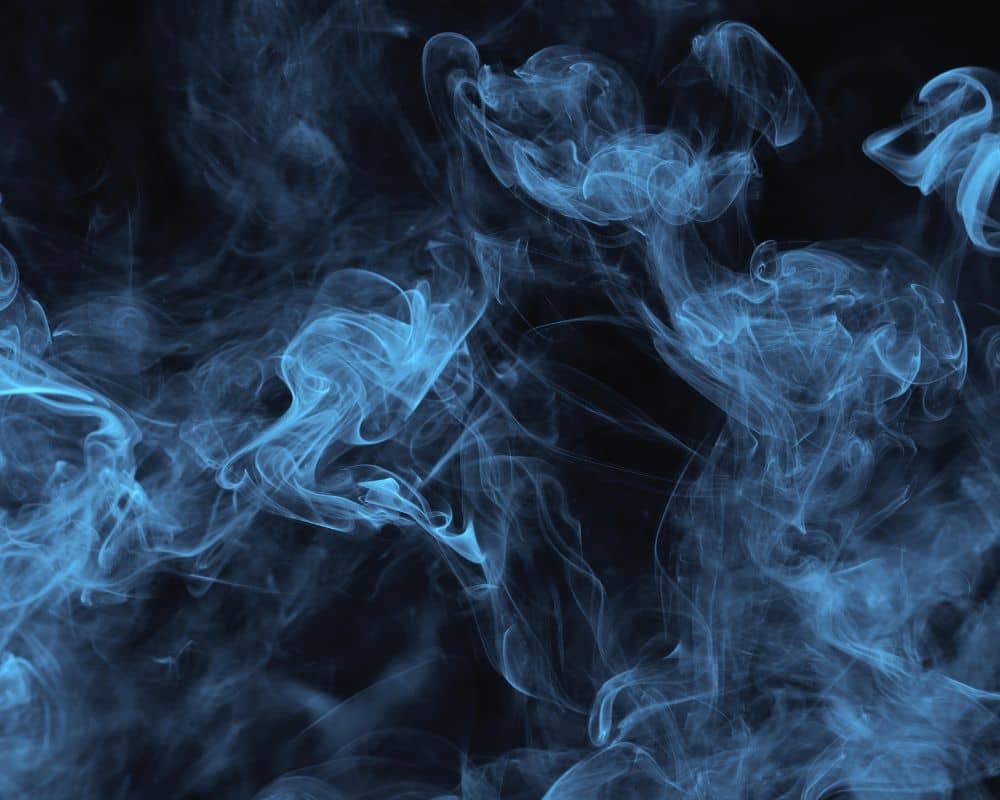
How long does a Cigarette buzz last
The following steps are what cause the high associated with nicotine:
- Nicotine can be ingested in a number of ways, including chewing tobacco, smoking cigarettes, or breathing the vapour of nicotine-containing vape juice or e-liquid contained within an electronic cigarette.
- It won't take more than a few seconds for the nicotine to reach your brain.
- When it reaches its destination, the nicotine binds to specific protein molecules known as cholinergic receptors. These receptors are in charge of regulating the amount of dopamine that is produced in your body.
- When you start smoking, your body will start producing dopamine, which is the first step in the nicotine rush.
- Another molecule that might cause feelings of pleasure is serotonin, which is produced when nicotine is present in the body.
When the levels of dopamine and serotonin go back down, which they do, you go back down as well. You are experiencing feelings of fatigue and lack of energy. Because your body is craving more of those positive sensations, you decide to take more nicotine, which is how addiction to nicotine develops in the first place.
Does an addiction to nicotine have any significant negative effects? According to the findings of a research article published in the Indian Journal of Medical and Pediatric Oncology, the answer is yes. It has a negative impact on the health of the cardiovascular, renal, respiratory, and reproductive systems.
There have been studies that point to a probable connection to cancer; nonetheless, this issue requires further investigation. In addition to producing an unpleasant buzz, the liver is responsible for absorbing and metabolising nicotine. After being digested, it results in the production of several cancer-causing agents. Even if a significant portion of it is eliminated through perspiration and urine, there is still an increased chance of developing cancer as a result of this.
Chasing the Nicotine High
You can already sense a yearning for nicotine developing throughout your body. This is an aspect of the buzz that nicotine provides. The satisfying sense of serenity that floods over you when you take a dose of nicotine is the antidote to the cravings and anxiety that are caused in your body as a result of nicotine addiction.
Nicotine has properties of both a stimulant and a sedative in the human body. It raises you up temporarily, but ultimately takes you down. If you are a smoker who does it on a daily basis, you probably structure your day around getting your nicotine buzz.
Then there are the occurrences that you did not anticipate. If you have received some troubling information and are beginning to feel apprehensive or agitated as a result, the buzz from the nicotine will help you relax.
The point is that you may employ the buzz from nicotine in a wide variety of different contexts. You do not care that smoking raises your risk of developing cancer or that it increases the likelihood that you will suffer a stroke or heart attack. You do not give a damn about whether or not the vaporizer you use is the best vaporizer.
You simply want to feel better since the amount of stress in your life is getting to be too much. It goes without saying that there are more effective methods for relieving stress; but, if a person is already struggling with an addiction to nicotine, it is in their best interest to avoid picking up a cigarette in order to achieve a state of equilibrium. Although vaping may have some dangers, some scientific research suggests that it may be far safer than smoking cigarettes. After decades of anti-smoking campaigns, it will be difficult to stop stigmatising nicotine as a harmful substance.
And the pendulum appears to be swinging in the direction of nicotine being regarded as a harmless addiction, comparable to that of caffeine, so long as it is not consumed in the form of smoking. However, there is a continuous discussion concerning whether or not nicotine has any negative health effects.
How The Cigarette Buzz Works
Nicotine is what gives people who smoke cigarettes their high, but what precisely is nicotine? This chemical can be found in tobacco, as well as in very small amounts in nightshade vegetables such tomatoes, potatoes, eggplants, and sweet peppers. Tobacco is the primary source of this chemical.
Ingesting nicotine causes your body to get stimulated, which in turn speeds up the messages that are sent between your brain and the rest of your body. In addition to this, the release of the neurotransmitters responsible for pleasure, dopamine and noradrenaline, is increased.
Inhaling the smoke from cigarettes does not deliver nicotine to your bloodstream in the same way that smoking cigarettes does. Instead, you take in nicotine through your palate, which is located in your mouth. You can also breathe the smoke out through your lips and back in through your nose to heighten the experience; this is referred to as the "retrohale," and it is something you will find highlighted in reviews of cigarettes.
If you smoke cigarettes on a frequent basis, you will eventually develop a tolerance to nicotine, which will result in a less intense high. Again, this makes Cigarettes a good choice as they are typically smoked slowly for a high that lasts for several hours, as opposed to the "quick hit" that one receives from smoking a Cigarette. This makes them a perfect alternative for smoking.
How To Hold Your Cigarette
Make sure you are familiar with the proper way to hold a cigarette in order to get the most out of your smoking experience. For instance, you should never only use your lips to support your cigarette; instead, you should always use your hand, and you shouldn't bite down or chew on the end of it.
It is possible to prevent destroying the structure of a premium handcrafted cigarette by adhering to the fundamentals of how to hold a cigarette. This will allow you to take an even, steady drag that will provide you with a consistent buzz.
You should experiment with different cigarette sizes, which are referred to as 'vitolas,' and find the thickness, also known as the 'ring gauge,' that is most comfortable for you. However, you should keep in mind that this may have an effect on the overall buzz you experience, as thicker cigarettes deliver a stronger high.
Different Cigarette, Different Buzz?
In cigarette evaluations, the flavor and "body" of the cigarette are frequently discussed; however, just because a cigarette has a "full body" does not always suggest that it has a higher nicotine content. In point of fact, a premium cigarette can be described as "strong" in terms of the amount of nicotine it contains while also having a "mellow" body.
Examining the length of the cigarette is one of the easiest ways to estimate the buzz that will be produced by smoking it. To calculate the total volume of tobacco in the stick, multiply the length by the ring gauge. Having more tobacco results in a higher nicotine content.
If you want a more intense high, choose a larger ring size, as this will bring more tobacco into direct contact with your taste buds all at once. Choose a cigarette that is thinner but longer, and smoke it all the way through for a buzz that is less intense but that last for a longer period of time.
How Long Does A Cigarette Buzz Last?
As soon as you take that first drag from your cigarette, your body will begin to break down the nicotine, which will first be transformed into cotinine and then completely metabolized.
The rush that comes from nicotine, which lasts for around two hours, has a half-life of that same length. This indicates that after two hours, the amount that is still present in your blood will decrease by approximately fifty percent. After another two hours, it will be cut in half once more, and so on.
Cotinine has a lot longer half-life, approximately 16 hours, but it is not responsible for the "Cigarette buzz," so once you metabolize the nicotine, your buzz should fade away. Cotinine has a considerably longer half-life, but it is not responsible for the "Cigarette buzz."




